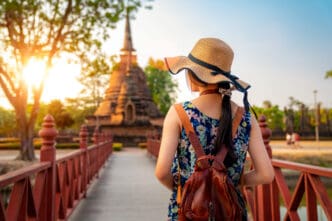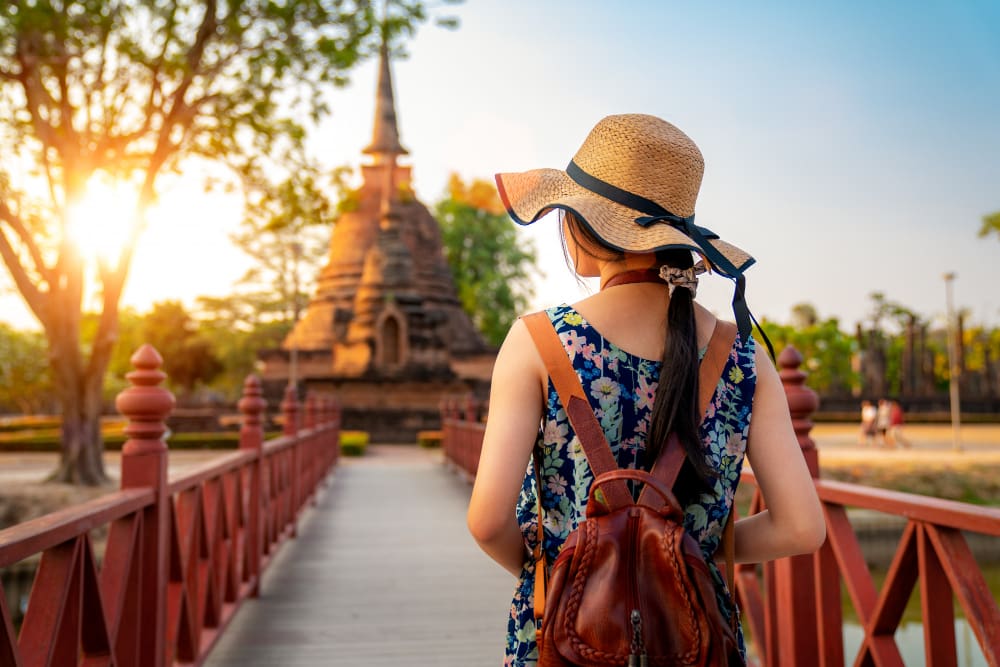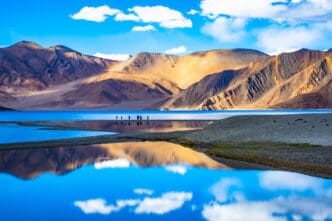For decades, Southeast Asia has served as the ultimate proving ground for the adventurous, budget-conscious traveler, and for good reason. This vibrant region, encompassing nations like Thailand, Vietnam, Cambodia, and Laos, offers an unparalleled combination of ancient cultures, breathtaking landscapes, world-renowned cuisine, and thrilling adventures, all accessible on a shoestring budget. Whether you’re a recent graduate on a gap year or a seasoned traveler seeking a long-term escape, Southeast Asia provides a well-trodden path—the famed “Banana Pancake Trail”—where a daily budget of $30-$50 can unlock a world of experiences, from exploring the majestic temples of Angkor Wat at sunrise to island-hopping through the turquoise waters of the Philippines. The key to unlocking this paradise lies in smart planning, a willingness to embrace local life, and an appetite for the unexpected.
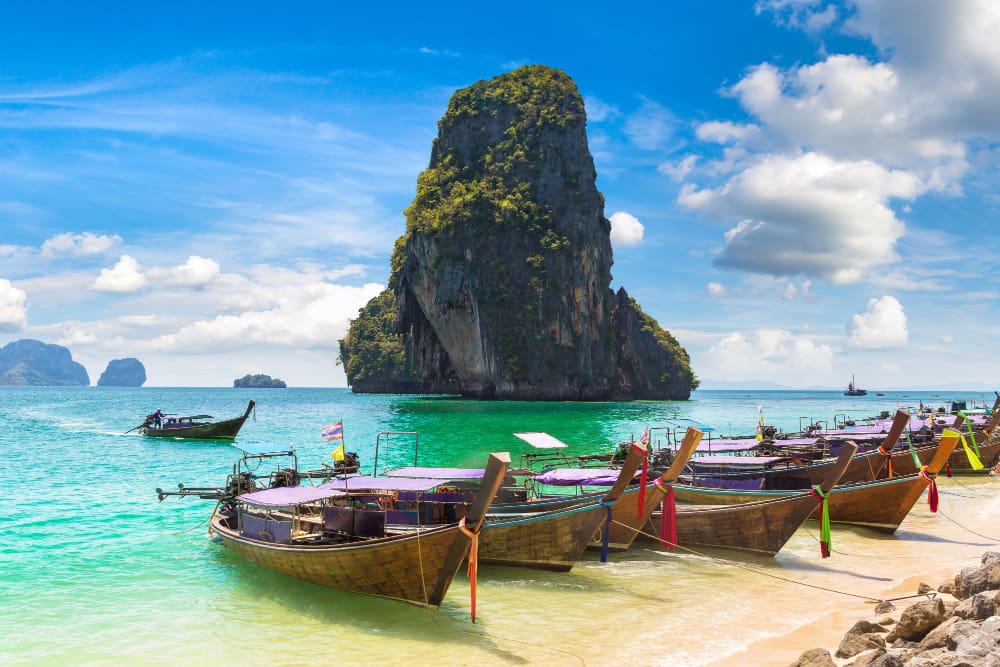
Why Southeast Asia is a Backpacker’s Dream
The allure of Southeast Asia for backpackers is multifaceted, extending far beyond its affordability. It represents a perfect storm of accessibility, variety, and a robust traveler infrastructure that has been refined over generations of globetrotters.
First and foremost is the incredible value for money. A delicious, freshly cooked meal from a street vendor can cost as little as a dollar or two. A bed in a clean, sociable hostel might set you back $5-$10 per night, and long-distance travel on an overnight bus or train is remarkably cheap.
This affordability doesn’t mean sacrificing quality of experience. The region is home to dozens of UNESCO World Heritage sites, pristine beaches that rival any in the world, dense jungles teeming with wildlife, and megacities buzzing with energy. The sheer diversity means you can be trekking in the mountains of Northern Thailand one week and scuba diving in Malaysia the next.
Finally, the region is exceptionally welcoming to travelers. English is widely spoken in tourist areas, and the local populations are generally known for their hospitality. The established backpacker trail ensures that you’re never far from fellow travelers, making it an ideal destination for solo adventurers looking to make new friends.
Planning Your Trip: The Essentials
A successful backpacking trip is built on a foundation of solid planning. While spontaneity is part of the magic, getting the fundamentals right before you leave will save you time, money, and stress on the road.

Visas and Entry Requirements
Visa rules for Southeast Asia vary significantly by country and your nationality. The good news is that for many Western passport holders, several countries offer visa exemptions or visas-on-arrival for tourist stays, typically for 30 days.
For example, Thailand often grants a 30-day visa exemption upon arrival by air. Vietnam, however, generally requires travelers to secure an e-visa online in advance. Always check the official embassy or consulate website for your specific nationality for the most current information, as policies can and do change.
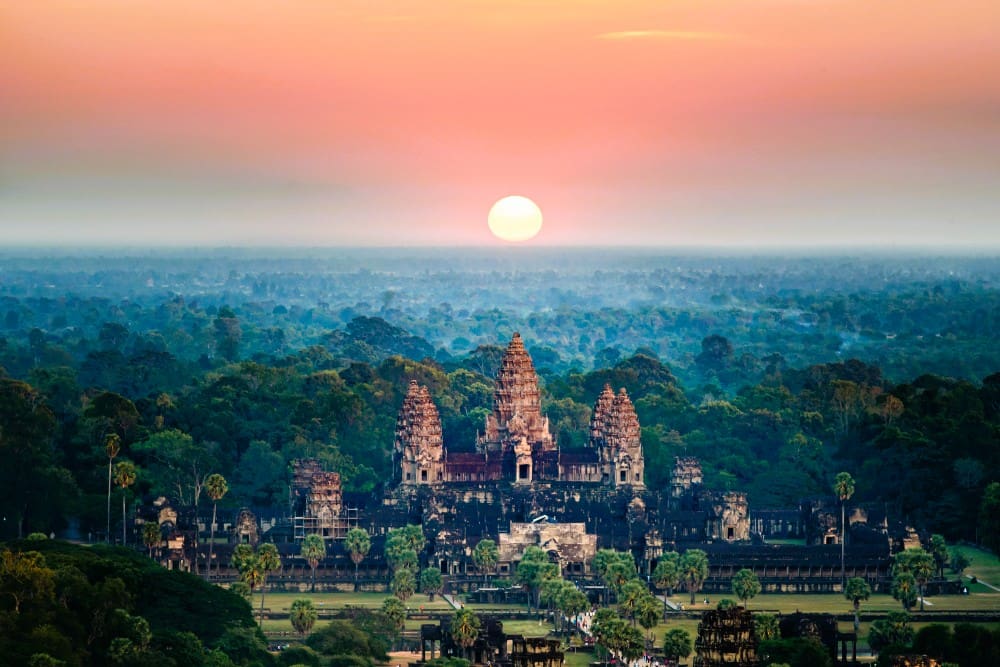
When to Go: Navigating the Seasons
Southeast Asia’s climate is largely tropical, dominated by a wet and a dry season. The ideal time to visit for most of the mainland (Thailand, Cambodia, Laos, Vietnam) is during the dry season, which runs from roughly November to February. This period offers pleasant temperatures and minimal rain, but it’s also the peak tourist season, meaning larger crowds and slightly higher prices.
The hot season from March to May can be intensely warm, but it’s a great shoulder season for finding deals. The wet season, from June to October, brings monsoons, but don’t let that deter you entirely. Rain often comes in powerful, short-lived downpours, leaving the rest of the day clear, and the landscape is at its most lush and green with far fewer tourists.
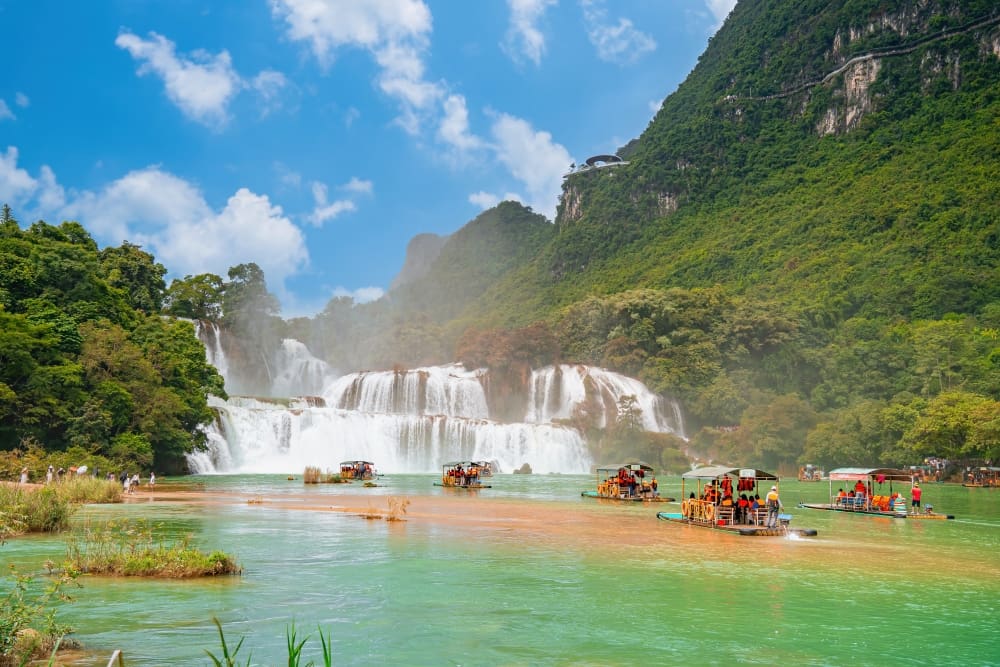
Budgeting: How Much Money Do You Need?
The golden question for every backpacker is how much to budget. A comfortable shoestring budget for most of Southeast Asia falls between $30 and $50 USD per day. This would cover a dorm bed, three street food meals, local transport, and a few cheap beers or entrance fees.
On the lower end ($30/day), you’ll be primarily in cheaper countries like Cambodia, Laos, and parts of Vietnam, sticking to the most affordable food and lodging. On the higher end ($50/day), you can enjoy more private rooms, occasional restaurant meals, and more paid activities in places like Thailand or the Philippines. Countries like Singapore are a notable exception, where costs are significantly higher.
Country by Country: A Budget Backpacker’s Itinerary
While you can’t see it all in one trip, this overview covers the cornerstones of the classic Southeast Asia backpacking circuit, offering a blend of culture, adventure, and relaxation.
Thailand: The Gateway to Southeast Asia
For many, Thailand is the starting point. Its capital, Bangkok, is a sprawling metropolis where ancient temples sit beside modern skyscrapers. Spend your days exploring the Grand Palace and Wat Pho, and your nights diving into the legendary street food scene and the backpacker hub of Khao San Road.
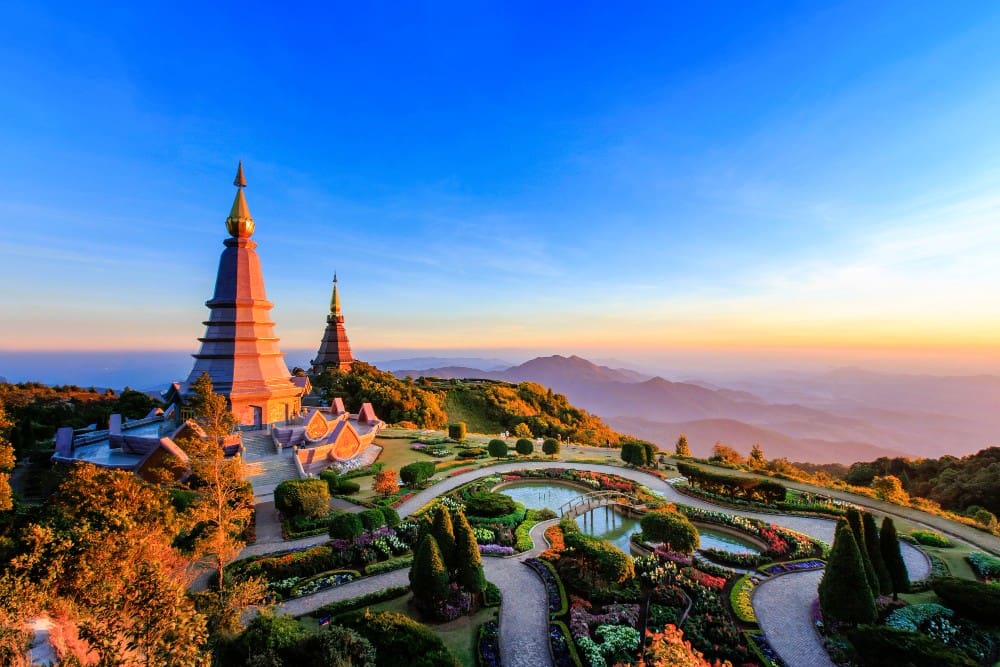
From Bangkok, head north to Chiang Mai, a relaxed city nestled in the mountains. Here, you can visit elephant sanctuaries, take a Thai cooking class, and explore hundreds of stunning temples. For beach lovers, the south is paradise, with the islands of the Andaman Sea (like Koh Phi Phi and Krabi) and the Gulf of Thailand (like Koh Samui and Koh Phangan) offering world-class beaches and nightlife.
Vietnam: A Land of Contrasts
Vietnam is a long, narrow country best explored from north to south or vice versa. Many backpackers purchase an “open bus” ticket, allowing them to hop on and off along the coastal route. Start in the north in Hanoi, the charming capital, and use it as a base to explore the otherworldly limestone karsts of Ha Long Bay.
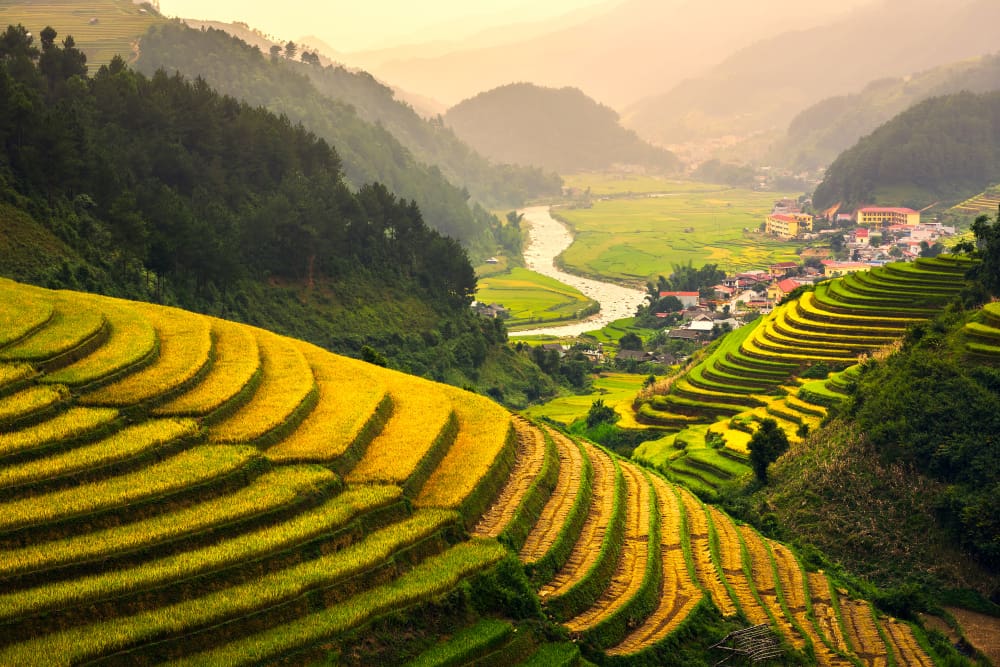
Travel south to the lantern-lit ancient town of Hoi An, a tailor’s paradise and a food lover’s dream. Further down, you’ll find the bustling, historic Ho Chi Minh City (formerly Saigon), where you can delve into the country’s wartime history at the War Remnants Museum and the Cu Chi Tunnels.
Cambodia: History, Resilience, and Beauty
Cambodia offers a profound and moving travel experience. The main draw is Siem Reap, the gateway to the Angkor temple complex. Witnessing the sunrise over Angkor Wat is a bucket-list moment for any traveler. The complex is vast, so dedicate at least two or three days to explore its wonders by tuk-tuk.
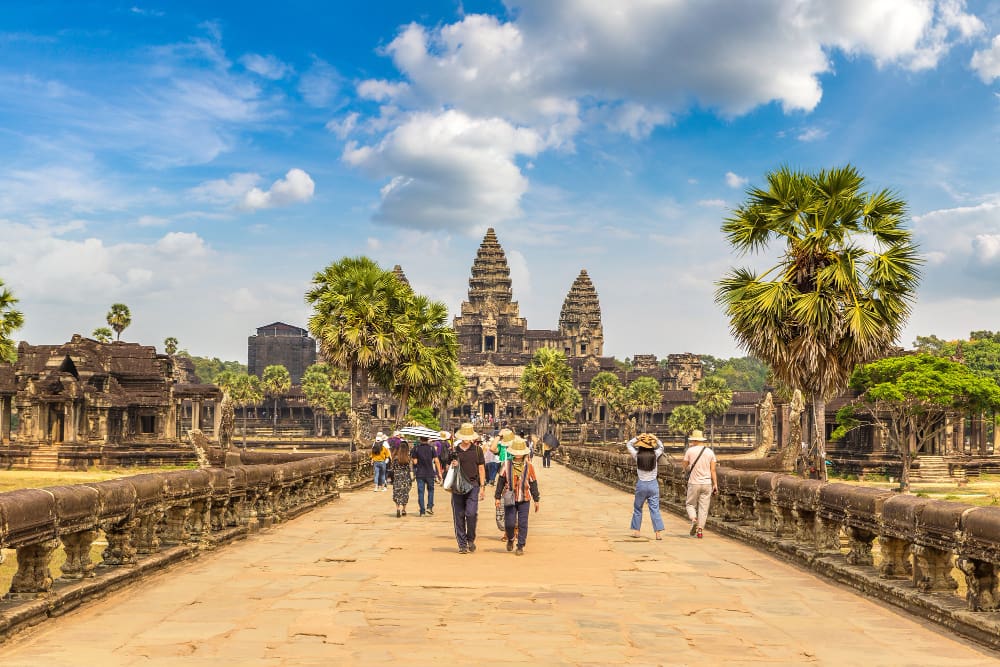
In the capital, Phnom Penh, confront the country’s tragic past at the Choeung Ek Killing Fields and the Tuol Sleng Genocide Museum. While somber, it provides crucial context for understanding modern Cambodia’s incredible resilience. For a change of pace, head south to the laid-back coastal towns of Kampot and Kep or the rustic beaches of the island of Koh Rong.
Laos: The Laid-Back Heart of the Region
Often considered the most relaxed country in the region, Laos is a haven for slow travel. The UNESCO-listed city of Luang Prabang is its crown jewel, famous for its beautiful temples, French colonial architecture, and the daily morning alms-giving ceremony for saffron-robed monks. Nearby, the stunning Kuang Si Falls offer a perfect place to cool off.
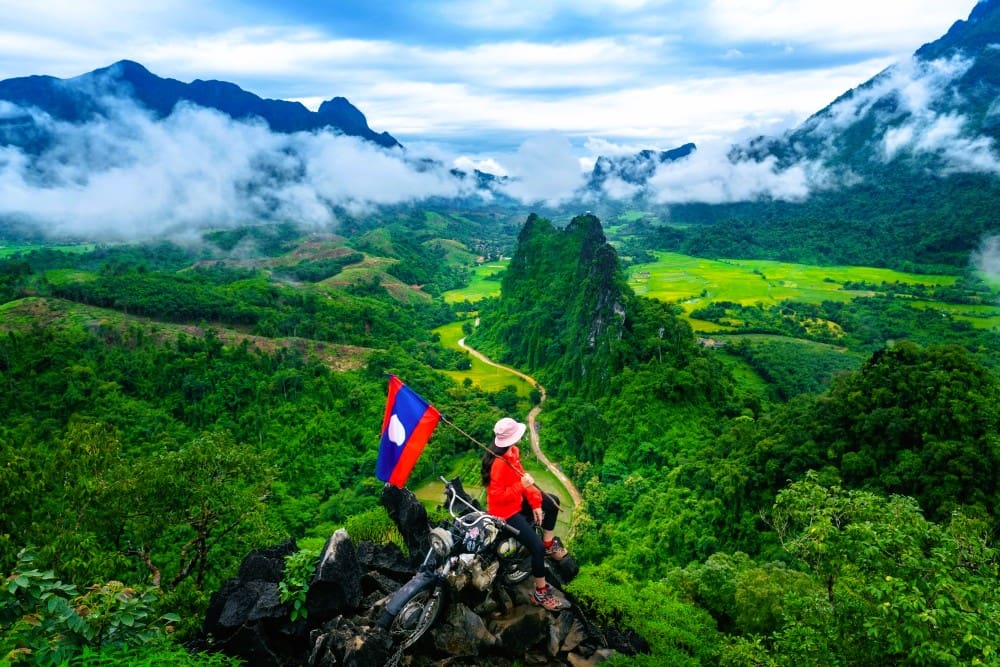
Further south, the town of Vang Vieng, once known for its wild party scene, has reinvented itself as an eco-adventure hub, with kayaking, caving, and rock climbing. At the very southern tip of Laos, you’ll find Si Phan Don (4,000 Islands), a tranquil archipelago in the Mekong River where the main activity is relaxing in a hammock.
Mastering the Art of Budget Travel
Traveling cheap is a skill. Adopting a few key habits will stretch your dollars further, allowing you to travel longer and experience more.
Accommodation: Hostels and Guesthouses
Hostels are the backbone of the backpacker economy. They are not just a cheap place to sleep but also social hubs where you can meet other travelers, share tips, and join tours. Use booking platforms like Hostelworld or Agoda to read reviews and book ahead, especially in high season.
Food: Embrace the Street
Eating street food is non-negotiable in Southeast Asia. It’s where you’ll find the most authentic, delicious, and affordable meals. A good rule of thumb is to eat at stalls that are busy with locals—high turnover means the food is fresh.
Transportation: Go Local and Go Slow
Avoid expensive internal flights where possible. Overnight buses and trains are a classic backpacker choice because they cover long distances while you sleep, saving you the cost of a night’s accommodation. For getting around cities, use ride-hailing apps like Grab, which offer fair, fixed prices and are often cheaper than hailing a traditional taxi or tuk-tuk.
Activities: Free and Frugal Fun
Not every experience has to cost money. Some of the best memories come from simply wandering through a local market, hiking to a viewpoint, relaxing on a beach, or people-watching from a cafe. When you do pay for tours or souvenirs, always bargain respectfully and with a smile—it’s an expected part of the culture in many markets.
A backpacking trip through Southeast Asia is more than just a vacation; it’s a rite of passage that promises profound personal growth and a treasure trove of memories. By embracing a budget-conscious mindset, you are not limiting your experience but enhancing it, pushing yourself to connect with the local culture on a deeper level. From the frenetic energy of Bangkok to the serene rice paddies of Vietnam, the region offers a journey that is as affordable as it is unforgettable, proving that the greatest rewards in travel often come from the simplest and most authentic experiences.

